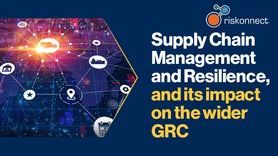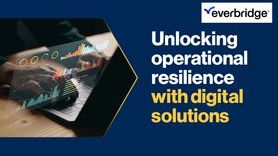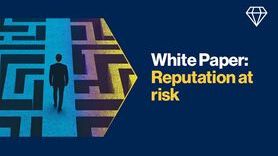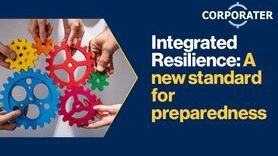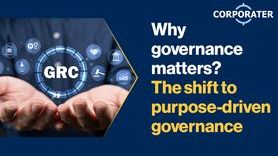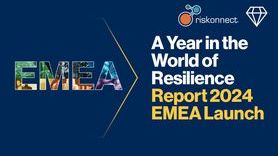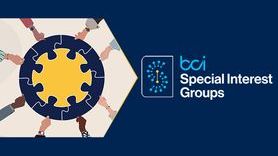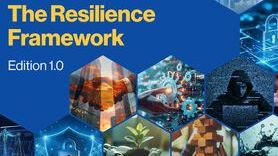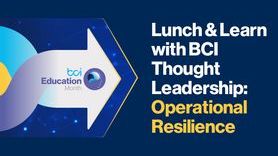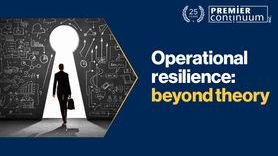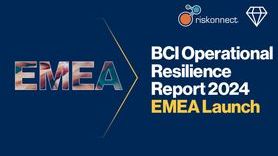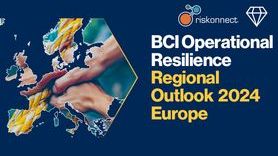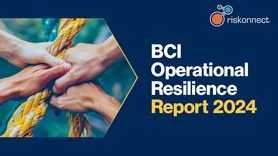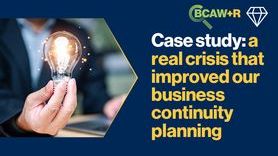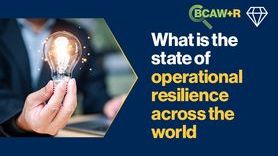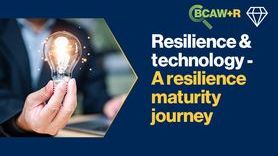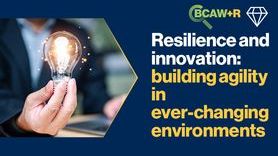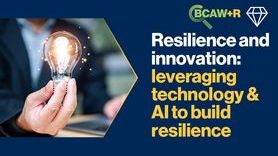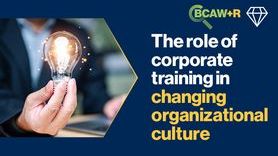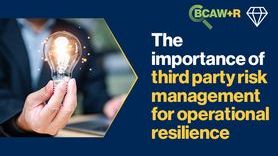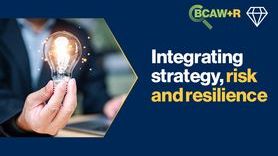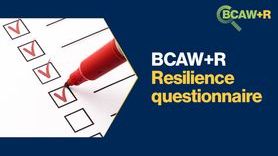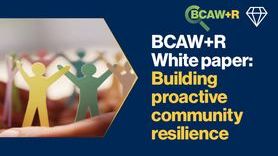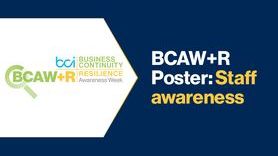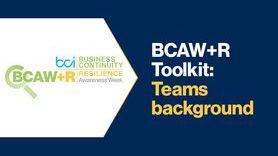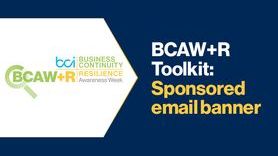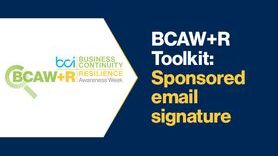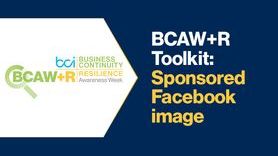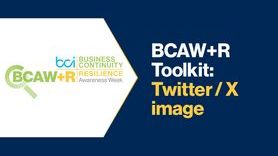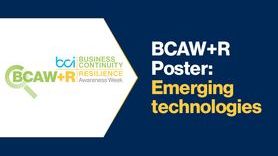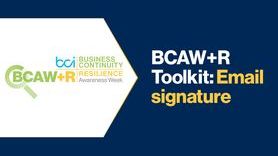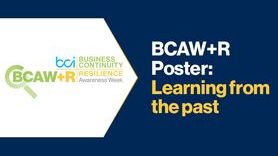The hybrid world – tools to make it a great enabler for women in the workforce: A BCI ‘Women in Resilience’ perspective
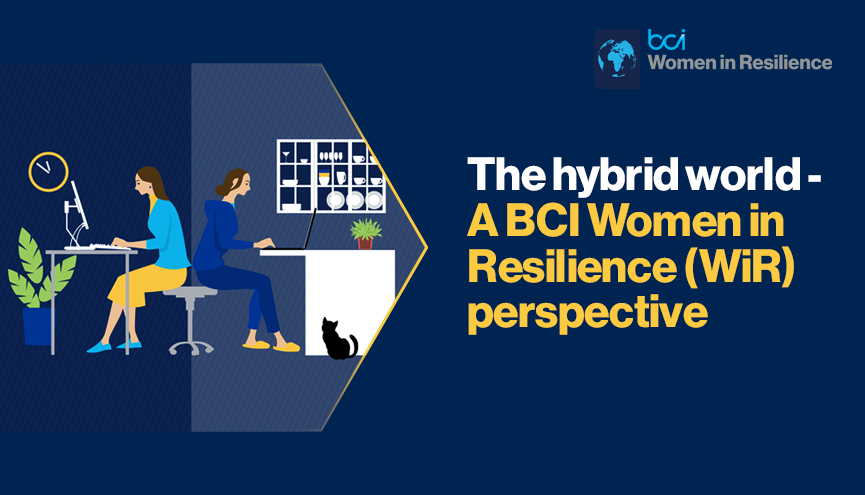
Women in the workforce
Women in today's workforce face the same challenges they have always faced - balancing work life, family and other commitments. The COVID pandemic further magnified the strain and challenges that women experience daily, with many no longer having the respite of sending their children to school or to family/daycare support.
Globally, women lost 1.2% more jobs than men. The Women's National Law Center projects that 5.2 million women dropped out of the US workforce during the pandemic. While men regained lost jobs as of January 2022, women are still short of 1.8 million jobs. Millions are remaining at home and not returning to the workplace, as the difficulties balancing home and work life became too great a strain to bear. Indeed, mental health statistics claim that women are experiencing increased stress at higher rates while those maintaining work and life commitments are experiencing high rates of burnout.
Some are now participating in the Great Resignation or Reshuffle, trading high-stress jobs for positions that enable 100% work from home. McKinsey & Co shared that women's jobs were almost two times more at risk than men’s during the pandemic. Indeed, although women make up 39% of the global workforce, they experienced 54% of the job reductions.
Benefits of a hybrid environment
The hybrid world and its associated advantages, or not, are here to stay for the foreseeable future of a ‘business as usual’ workforce. Therefore, it is little wonder that organizations across the world are recognizing the prevalence of a hybrid environment and are launching several Diversity, Equity and Inclusion (DE&I) initiatives to level the playing field in the workplace for people of all backgrounds, gender, race and ethnicity.
Many companies are now adjusting their remote working restrictions as COVID enters an endemic stage. Businesses are cautiously optimistic that life will return to a new normal and expect most of their workforce to return to the office in person for a few days a week.
Taking this approach will help some women juggle the challenges of their home and work commitments. However, it will be hard for others to break established daily routines to meet work obligations.
Enablers to operate effectively in the hybrid world
Operating effectively in a hybrid world is not as simple as it may seem. According to the World Economic Forum, more than 1 billion people will need to reskill by 2030 in order to stay relevant. Therefore, let us look at a few enablers and skills that we could develop:
1. Ensure ‘Out of Sight is not Out of Mind’: If you choose to work mostly from home, then it is time to hone those communication skills. Compensate lack of physical presence with a more engaged virtual presence.
2. Manage your work-life balance: The ‘work from home/anywhere’ world somehow led to an expectation of being available for work at all hours. Continual connectedness is good for business but fatigue, pressure and burnout soon follow. It’s important to try to keep standard working office hours, except when crisis events or deadlines demand it.
3. Stay relevant: Focus on continual improvement of your professional and soft skills, which will be the most important enablers for the workforce of the future. The acceleration of the hybrid work environment will continuously require the development of a new set of technical
4. Hone up your leadership skills: Staying connected without encroaching into employees personal space is a true skill, especially if you are in a leadership or team management role. It is twice as difficult to keep a virtual or semi-virtual team engaged, so managers need to make genuine connections with their employees while connecting them to the values of the organization.
5. Focus on health: Both physical and mental health got a lot of attention during the pandemic and this needs to continue.
Moving past the pandemic
The role of women as breadwinners, supporters and champions did not decrease during the pandemic. In fact, it only got more pronounced and challenging. Now, the new hybrid world and the associated flexibility is expected to augur well for women. While their role will not get easier, it could get more manageable. Women who left the workforce during the pandemic are now being coaxed back into the workforce through such flexible hybrid environments and, hopefully soon, the gender D&I metrics will start looking better across sectors and organizations.


